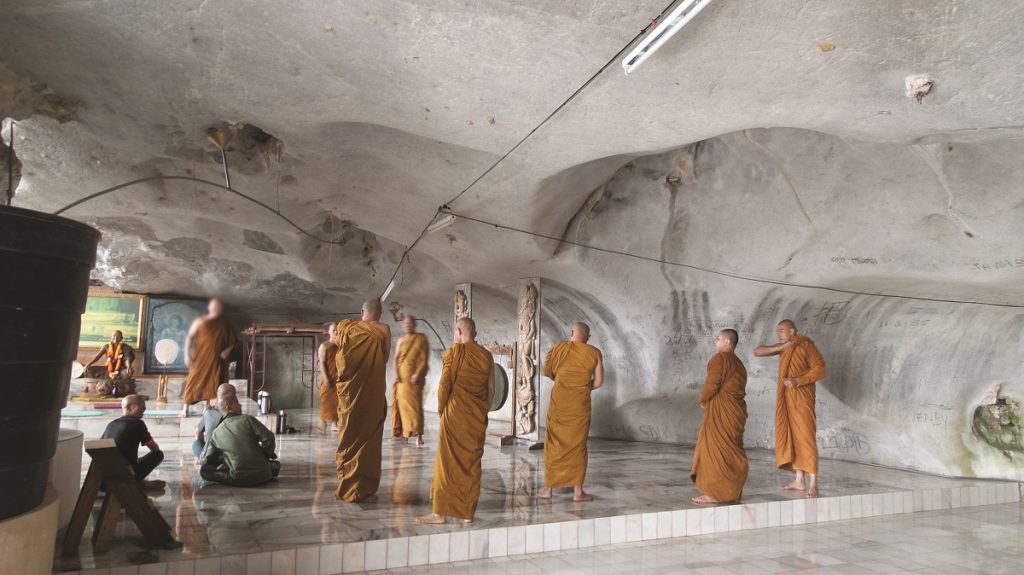KUALA LUMPUR – The Perak High Court dismissed Associated Pan Malaysia Cement’s (APMC) application to evict a Buddhist temple from the company’s lands in October 2022, but less than a year later via appeal, the Court of Appeal on September 5 overturned the decision.
The Sakyamuni Caves Monastery – which claims to be an occupant of the Gunung Kanthan limestone hill in Kinta Valley, Perak for over 100 years – was not even successful in receiving a stay of execution against the eviction pending a Federal Court appeal to the Federal Court.
In October, high court judge Bhupindar Singh ruled, among other things, that the residents at the temple were not squatters simpliciter, that they had occupied the land with the acquiescence of APMC, and that there were discrepancies with the cement company’s legal application for eviction.
APMC challenges temple’s claim of century-long stay
In their submissions to the Court of Appeal, lawyers representing APMC argued that there was insufficient evidence to show that Buddhist monks had resided lawfully in the area since the 1900s.
Specifically, they said, there was a lack of proof showing who these monks were and their nexus towards individuals currently representing the monastery.
This was an important point of contention in APMC’s arguments as the cement firm contends that the law specifies that an eviction order could not be granted if the occupier’s first entry upon the land was lawful.

In the high court, the monastery referred to a book titled “Kinta Valley: Pioneering Malaysia’s Modern Development” and submitted that the Tai Sin Lau Kun temple at Gunung Kanthan established in 1951 was the predecessor to the current monastery and the monks had occupied the land since 1920.
However, APMC argued that the fact that the Tai Sin Lau Kun temple is the Sakyamuni Caves Monastery is a bare assertion by the respondents without any supporting evidence.
“These excerpts only suggest that monks have occupied Kinta Valley since 1920.
“However, there is nothing to show that these monks are in any way connected to the monastery,” the submission to the Court of Appeal said.
What consent?
Additionally, APMC argued against any claims by the temple that the occupants had received consent from the Perak government to occupy the land, pointing out that evidence for such is lacking.
APMC argued that after it issued its first demand to the temple to leave last April, the monastery proceeded to attend a meeting with the state government.
However, the temple confirmed to Perak authorities that it was requested to leave by APMC and refused to do so, claiming “they were staying there for a long time” and that it did not have a licence or consent from the company.
“At this meeting, the respondents did not once represent that they were occupying the land with the licence or consent of the state authority (as predecessors in-title of the land) and/or to question any alleged change in the authorities’ position concerning the same,” the submission reads.
APMC, a subsidiary of YTL Cement, was awarded a lease over the land by the Perak government in 1960 and began its industrial activities in 1964.
In a press statement in 2021, APMC assured that it was committed to preserving and protecting the prehistoric Gua Kanthan on Gunung Kanthan, along with its endemic flora and fauna.
APMC said that Gua Kanthan was declared a part of the Kinta Valley Geopark, Malaysia’s second national geopark that was officially launched by the Perak sultan in 2018. – September 17, 2023

